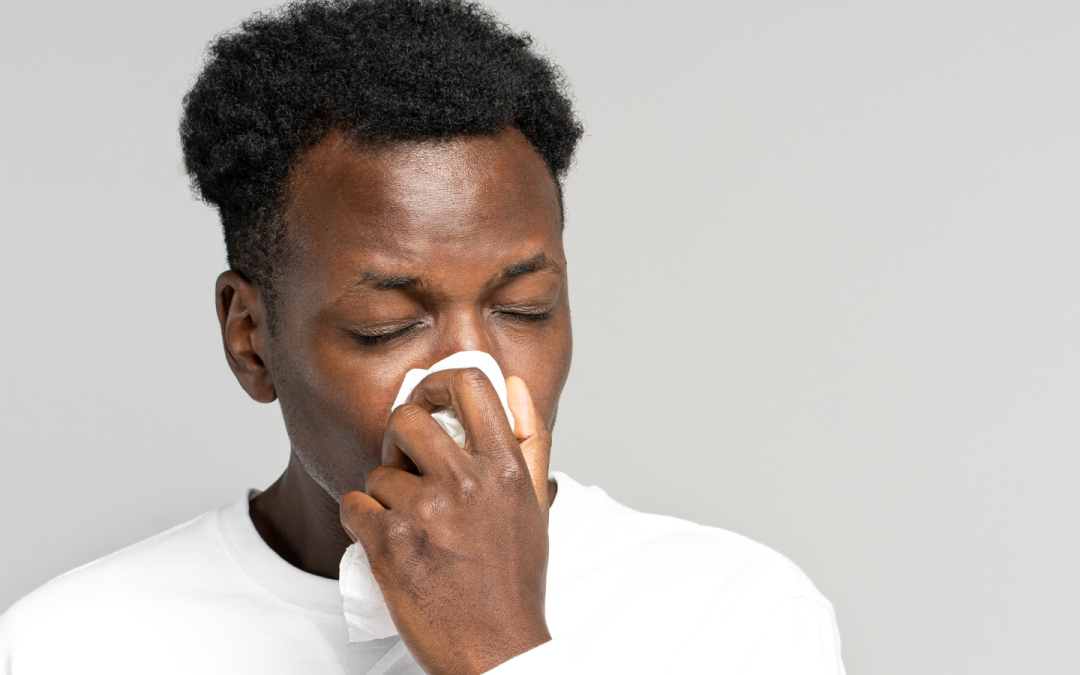For those who suffer with seasonal allergies, the first blossoms of spring aren’t always a welcome sight. For those who struggle with allergic rhinitis – also known as hay fever – spring is a season of sniffing, sneezing, stuffiness and itching. And, unfortunately, this spring may be worse than ever. Here’s why.
Going back to basics, we all know that hay fever is an allergic reaction to pollen, and there’s a lot of pollen around in spring. No surprises so far. But, due to climate change, temperatures are rising across the globe. According to USAID, since 1990, South Africa’s national average temperature has increased twice as fast as global temperatures.
And, the Asthma and Allergy Foundation of America sees a clear link between warmer temperatures and longer pollen seasons, reporting that warmer weather has caused the pollen season to be 11 to 27 days longer. Research by the US Department of Agriculture shows that pollen seasons now feature 21% more pollen than in 1990.
And that’s not all. The School of Public Health (SPH) at Harvard University says that, in addition to warmer conditions causing plants to bloom earlier and for longer, the greenhouse emissions that are the main cause of climate change are causing higher levels of carbon dioxide in the atmosphere and this is stimulating plants to produce and release more pollen.
However you look at it, warmer temperatures mean longer pollen seasons and more pollen means stronger airborne allergens, poorer air quality, and more allergies.
Not only is hay fever irritating, painful and detrimental to your quality of life, it can also affect your sleep, which directly affects your brain’s ability to function normally.
Managing your symptoms is one thing. Here are Solenco’s top 3 tips for preventing hay fever:
- Always shower before bed: Pollen and other allergens get trapped in our hair during the day and then make their way into our airways. If you don’t shower at night, you essentially spend eight hours with the triggers you’re otherwise trying to avoid.
- Don’t remove your nose hair: The hairs in your nose act as a defensive wall that keeps allergens out. Sneezing, while often seen as a symptom, is actually an immune response triggered by your nose hairs to expel allergens.
- Allergy-proof your home: Pollen counts are highest in the early morning and evening, so keep doors and windows closed at these times. Tiled floors are easier to keep dust-free than carpets. Dust with a damp cloth so that allergens are absorbed and disposed of.
Trevor Brewer, Director of air treatment specialist, Solenco, says that a quality air purifier can go a long way towards removing pollen and other allergens from within your home. “The ‘gold standard’ in air purifier technology is called HEPA and the 24-karat solution is an H13 HEPA filter (like those in Solenco’s Air Purifiers) will remove 99.8% of particles which are too small to even see from the air,” says Brewer.
Brewer further notes that too much moisture in the air can encourage mould, which can also bring about allergies. He recommends that people who live in damp or humid regions invest in a dehumidifier to prevent damp and mould from forming in their homes.
And lastly, a teaspoon of honey a day won’t keep hay fever away. If you do suffer, and you’ve done everything you can to prevent your exposure to allergens, ask your pharmacist for advice.


